Apple 40 years old: How technology has changed
On April 1, 1976, Apple was founded in a garage; it has been at the centre of all the major tech product innovations since.
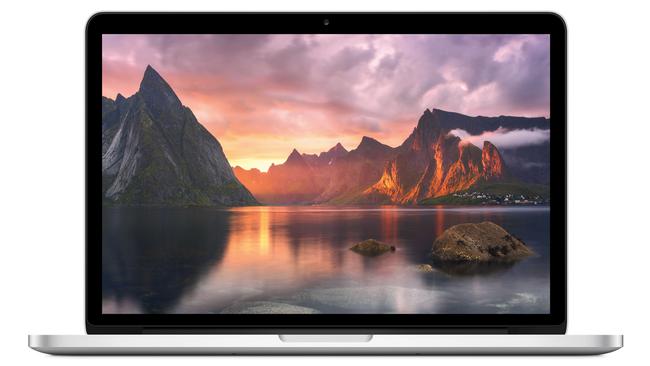
On April 1, 1976, 40 years ago, Steve Jobs, Steve Wozniak and Ronald Wayne founded Apple Computers in the garage of Jobs’ parents’ house in Los Altos, California.
The company’s first product, Apple I, launched a year later- it is little more than a circuit board that comes without a keyboard, monitor or case; each is handmade by Wozniak and priced at $US666.66. The changes that have occurred since are simply staggering.
PERSONAL COMPUTERS
Then: The Apple I that launched in 1976 came without a monitor, keyboard, mouse or even case. It was little more than the motherboard for a computer, with 4KB of standard memory that could be expanded to 8KB or 48KB through expansion cards. It had a solely text-based interface and could show 40 x 24 characters.
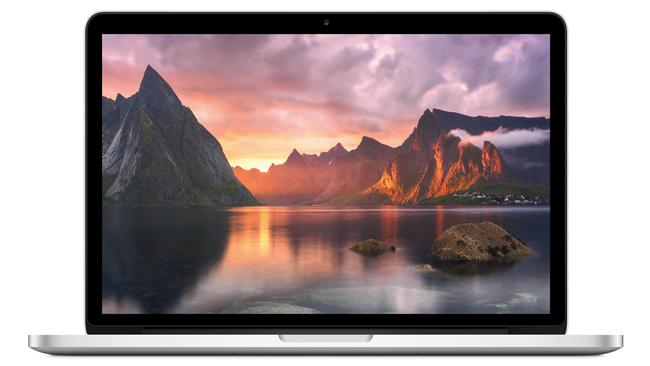
Now: Apple has three laptops in its MacBook line, as well as the iMac desktop computer, where all the components are built into the 21.5 or 27-inch screen. More than just characters, the larger of the modern iMacs has a 5K resolution, meaning it is has five times the image quality of high definition. The smallest memory option is 8GB - two million times larger than the Apple I.
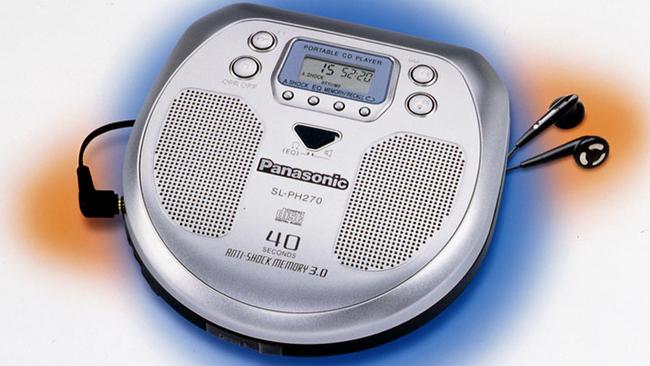
MUSIC
Then: In the 1990s, before the arrival of the iPod, portable CD players began to give way to the first mp3 devices. These ran on AA batteries and generally had around 32MB of storage, enough space for approximately eight songs.
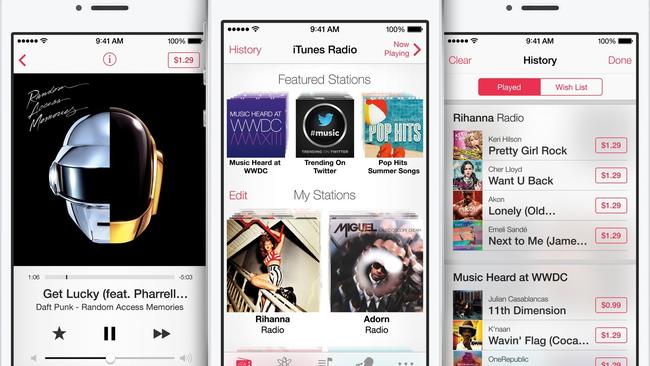
Now: Just 15 years after the launch of the first iPod, many users now have access to streaming services of up to 20 million songs, stored in the cloud, that can then be streamed through a smartphone or other mobile device. Huge increases in storage also mean thousands of songs can be physically stored on music players housed within modern smartphones.
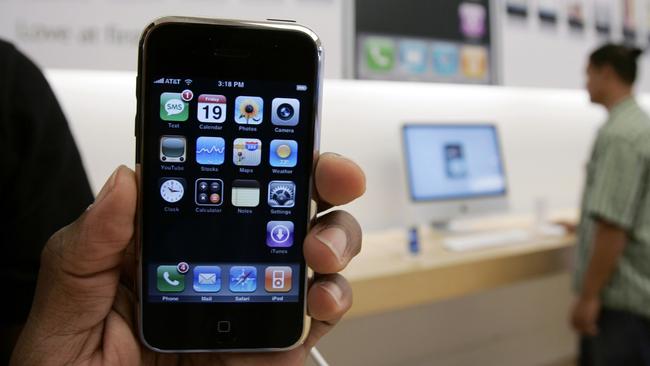
SMARTPHONES
Then: The original iPhone, released in 2007, came with either 4 or 8GB internal storage, a 3.5-inch screen with a 320 x 480 pixel resolution at 165 pixels per inch (PPI) and a two megapixel camera. At this stage it did not shoot video or have a front-facing camera. The App Store was also yet to launch and so the original iPhone came with just a handle of apps.
Now: The flagship iPhone 6s comes with a minimum of 16GB storage, four times that of the original iPhone, as well as a 4.7 or 5.5-inch screen. The smaller 6s has a PPI of 326 - nearly double that of the original screen. The 12 megapixel rear camera is six times clearer than its ancestor, while even the front-facing camera is more than double the megapixels (5).
TABLETS
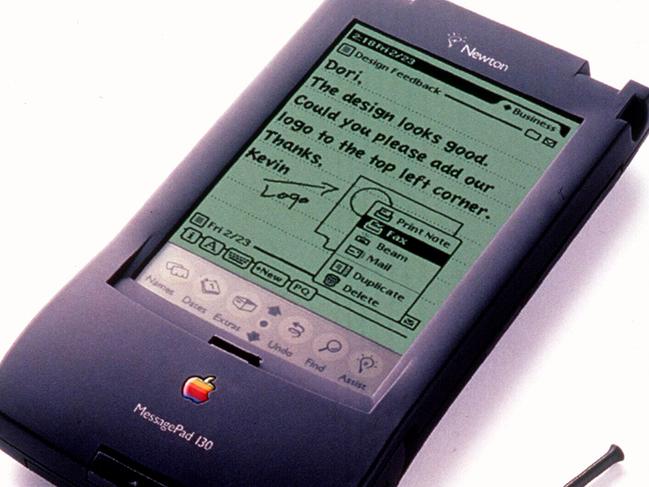
Then: Apple’s Newton MessagePad that launched in 1993 came with a stylus and had basic note-taking abilities, though this was often unreliable.
Now: The new iPad Pro has 9.7-inch display that can can run 4K video, and has access to an App Store of more than two million applications for the device. Its screen can also automatically detect light conditions and adjust the brightness and screen colours accordingly.
AAP



